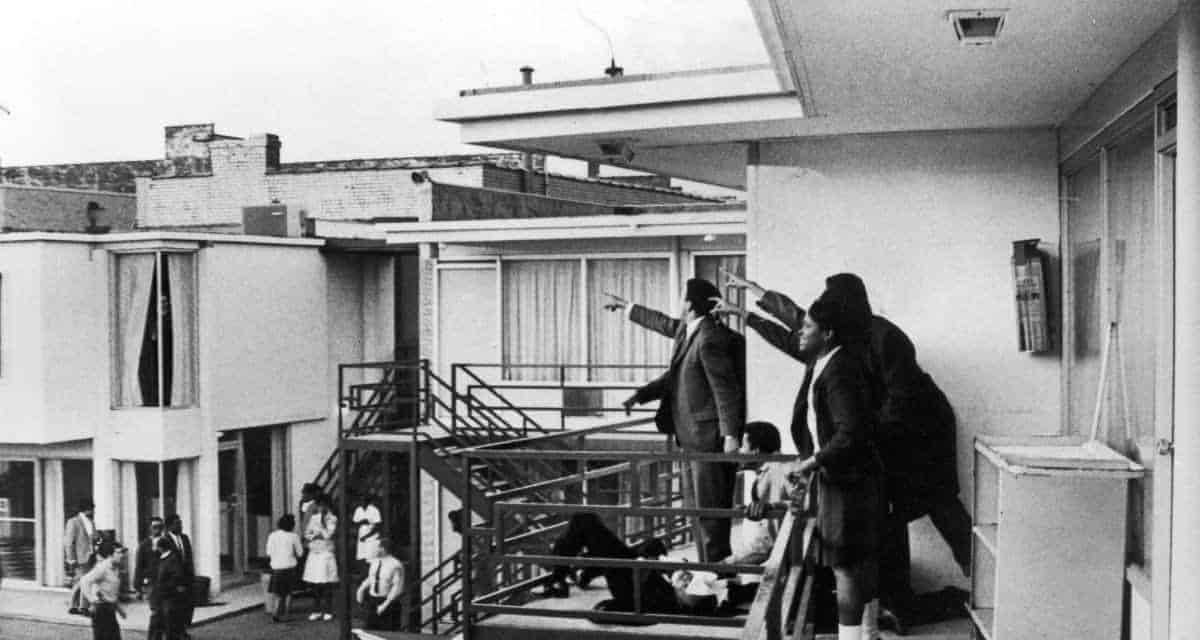Assassinations have toppled kings and kingdoms. With each assassination attempt, the smallest details tucked within each unfolding moment have played a role in the outcome. Some assassinations may not have happened, but seemingly trivial details allowed them to happen.

Robert F. Kennedy
After giving a late-night speech in Los Angeles on June 5, 1968, instead of meeting with reporters as planned, Senator Robert Kennedy decided at the last minute to exit the Ambassador Hotel through the kitchen where, unbeknownst to him, an assassin waiting for him.
The shooting was captured on audio tape by a freelance newspaper reporter. The visual footage the public would later see was the chaotic aftermath another reporter caught on film. Not unlike other assassins, the man who killed Kennedy was young. Sirhan Sirhan was only 24-years-old at the time of the shooting. He was an immigrant to the United States who recently quit his job where he made two dollars an hour at a health food store in Pasadena, California, where he and his boss saw eye to eye on most subjects; the exception was Israel.

Sirhan was raised an Orthodox Christian. He was a Jordanian citizen, born in Jerusalem, in Mandate Palestine – a place Kennedy spent time visiting in his early twenties. Kennedy consequently expressed admiration for the Jews he met there, and this eventually led him to throw strong political support behind Israel. Sirhan was vehemently against the creation of a Jewish state. Sirhan Sirhan shot Kennedy three times. One of the bullets struck his head behind his ear. It dispersed fragments throughout Kennedy’s brain. Sirhan, when asked to address reasons for his actions only said, “I can explain it. I did it for my country.”
Kennedy’s death had immediate political repercussions. It paved the way for a new candidate to enter the presidential race when Kennedy was in the midst of riding a wave of success. His assassination happened in the middle of the campaign season for the 1968 presidential election. He is still one of only two sitting United States Senators to be assassinated, the other being Huey Long in 1935 in Louisiana. The 1968 election eventually went to Republican candidate Richard Nixon.

